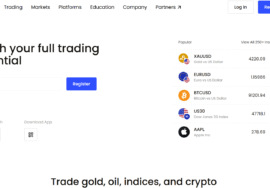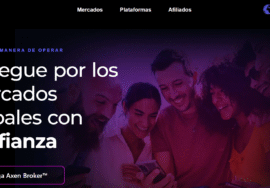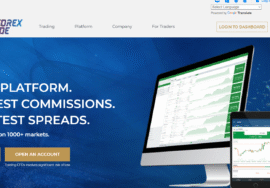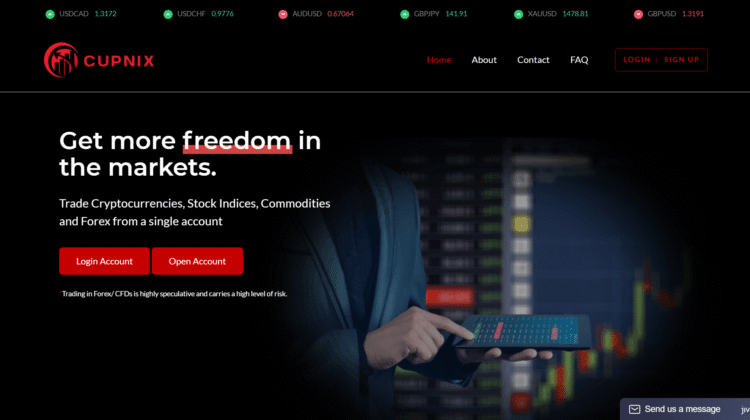
7 Warning Signs That Cupnix (cupnix.com) Is Untrustworthy: Why It Should Be Approached With Extreme Caution
7 Warning Signs That Cupnix (cupnix.com) Is Untrustworthy: Why It Should Be Approached With Extreme Caution
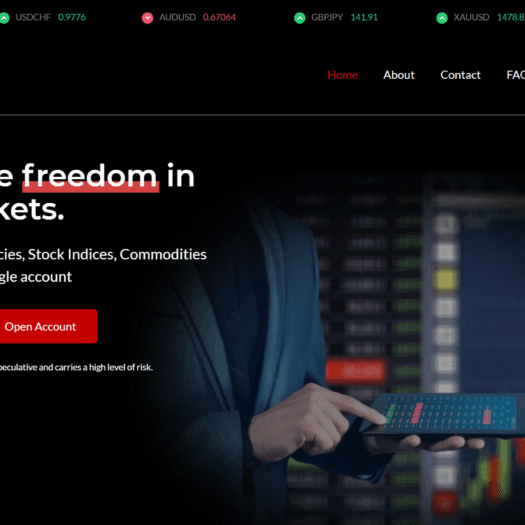
1. FCA Public Warning — Unauthorised and Unregulated
On September 10, 2025, the UK’s Financial Conduct Authority (FCA) published a warning about Cupnix. The FCA states that Cupnix is not authorised or registered by the FCA, and that it may be promoting financial services or products without permission.
Because of this, consumers in the UK are not protected under FCA rules, the Financial Ombudsman Service, or the Financial Services Compensation Scheme (FSCS). If anything goes wrong — blocked withdrawals, misrepresentations, etc. — there is no guaranteed legal or regulatory recourse.
2. Reviews on Trustpilot: Overwhelmingly Negative Feedback
Cupnix has a Trustpilot profile with an average score of 2.9 / 5 (about 3 out of 5) with only 2 reviews. Both are 1-star.
Key complaints:
- After deposit, balance did not update.
- Support mails are ignored or blocked.
- Users feel defrauded.
These are strong signals — when reviews are rare but consistently negative and describe the same issues, it suggests more than occasional technical glitches; it points to systemic problems.
3. BrokersView Flags Cupnix as a Scam and Unregulated Broker
BrokersView’s review of Cupnix clearly states: “Cupnix is unregulated and offers no legal safeguards for investors’ money. Cupnix appears to be a scam.”
They also note that Cupnix uses a common scam website template and that the FCA has issued a warning against it.
When an independent broker-watch site uses “scam”, “unregulated”, and “no legal safeguards” in the same review, that’s very significant.
4. Domain and Address Claims Appear Dubious
According to WikiFX, Cupnix has no valid regulatory information. It shows a high potential risk warning. The “company address” is listed in Sussex, UK: 0263, Bluemans Ln Battle, Sussex United Kingdom, but this appears likely to be a mailing/virtual address rather than a regulated business location.
Also, server or domain registration history is short; operating period appears to be “within one year” (WikiFX) for Cupnix.
5. Repeated Allegations of Deposit Not Reflected in Balance & Blocked Communication
Reviewers say that after depositing, their funds did not show in the trading account or balance. Attempts to contact support result in no response or being blocked.
A user in Trustpilot: “Frauds! after my first deposit, it doesnt reflect in my balance and when i sent mails to them i was blocked …”
These are classic signs used in withdrawal denial or balance hiding scams.
6. High-Risk Labels & Watchdog Alerts in Multiple Sources
Multiple monitoring services have flagged Cupnix:
- FCA Warning List: The firm is not authorized.
- BrokersView: “Scam” status.
WikiFX: Low trust / high risk.
These cross-source alerts reinforce each other: not just one site complaining, but many listing it as high risk.
7. Use of “Template” Scam Web Design Patterns & Lack of Transparency
BrokersView notes Cupnix uses a design template common among scam sites.
Transparency is thin: they do not provide clear evidence of regulated status, audited reserves, or verified withdrawal records. Contact or legal entity information appears superficial.
Moreover, the claims made (deposit, trading, support) do not seem backed by valid documentation or trustworthy user evidence.
8. Potential Loss of Legal Protection & Irreversible Loss Risk
Because Cupnix is not regulated (in the UK or likely elsewhere, as per current sources), users are not protected by investor protections like FSCS or Ombudsman, and have no guarantee that funds are segregated or safely managed.
If funds are lost, or if the platform disappears, users have few legal channels to recover them. This makes the risk of permanent loss very real.
✅ Conclusion: Why Cupnix Should Be Avoided Like the Plague
Based on the evidence to date, Cupnix.com is extremely high-risk and should be avoided by anyone considering investing, trading, or depositing funds with it. The combination of regulatory warnings, user reports, lack of verifiable credentials, and consistent complaint patterns paint a picture that is too alarming to ignore.
First, the FCA’s public warning is a major red line. The FCA prohibits firms from offering financial services in the UK without proper licensing. Their raising of Cupnix suggests they believe the platform is not operating within legal, regulated boundaries. That means users in UK or being targeted from there have zero protections: no recourse via financial ombudsman, no compensation scheme if something fails or is fraudulent. You lose one of the foundational protections you should expect from legitimate brokers.
Second, the user feedback (Trustpilot etc.) describes real, harm-oriented behavior: money deposited, account balance never updates, communication cut off. These are not abstract or hypothetical risks; they are concrete failures people are reporting. When multiple users share the same story, it suggests the problem is systemic, not exceptional. You don’t want to test your luck with somebody else’s review saying “I lost.”
Third, the fact that Cupnix is flagged by BrokersView, WikiFX, and other watchdogs is powerful. These are platforms that gather many broker claims, regulated registers, user reports, and perform comparisons. When they call something “unregulated”, “scam”, or “offers no legal safeguards”, they are ringing alarm bells. Having multiple credible sources aligning in their assessment means the risk is elevated—not to be dismissed.
Another factor: the design and template commonalities. Scam sites often recycle similar front ends, same or similar wording, and vague “legal pages” that provide more fluff than facts. Cupnix seems to follow that pattern — low transparency, minimal confirmed regulatory or company documentation, and use of address/contact details that may be virtual or misleading. That increases the chance that, if things go wrong, the company can easily disappear or vanish behind a virtual office.
Moreover, the risk of irreversible loss is real. Because the platform is unregulated, if you deposit using non-reversible means (money transfer, crypto, etc.), you may never get it back. The obstacles reported by users — blocked withdrawals, blocked communications — support the possibility that profits are not the goal, but retention and extraction of deposits.
Given all of this, here are action suggestions:
- Do not deposit any funds at Cupnix until you see verifiable regulation, proof of withdrawals by real users, and company registration that matches regulatory bodies.
- If you have already deposited, try withdrawing a small amount first, document everything (screenshots, communications).
- Check whether your local regulator has issued warnings. Often these sites appear in multiple regional avoidance lists.
- Share warnings with fellow traders or in forums so more people are aware.
- If possible, report the site to authorities (FCA in UK, etc.) if you suspect wrongdoing.


